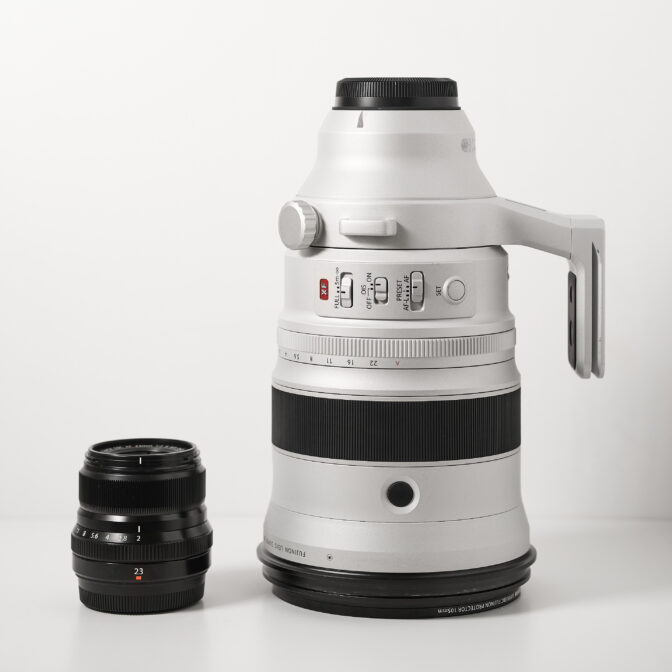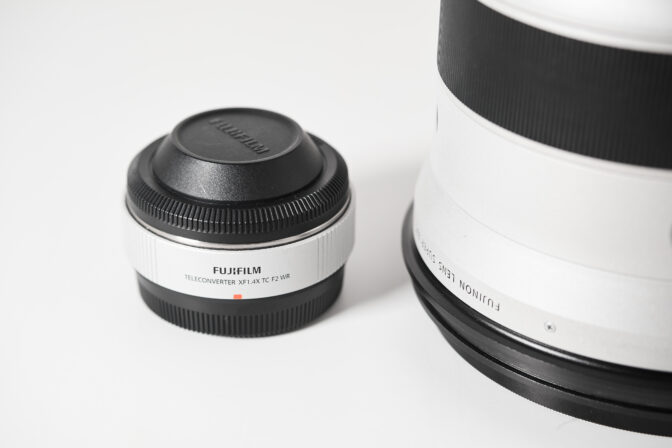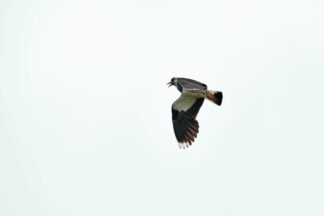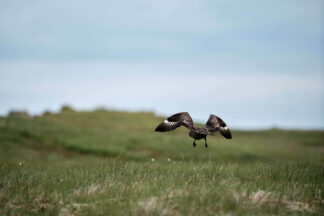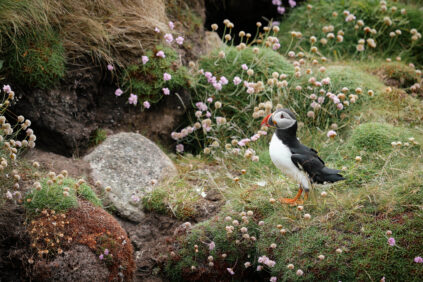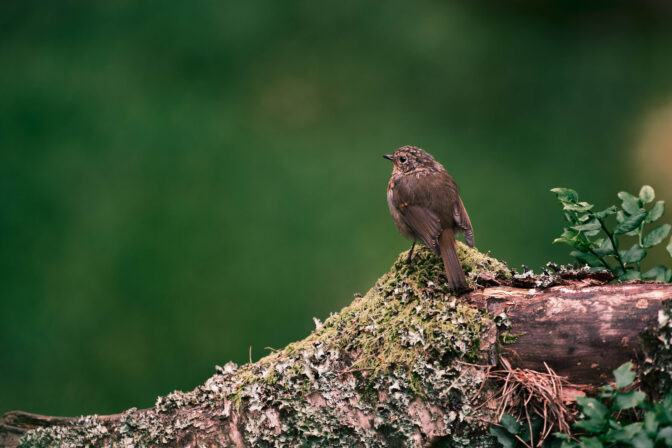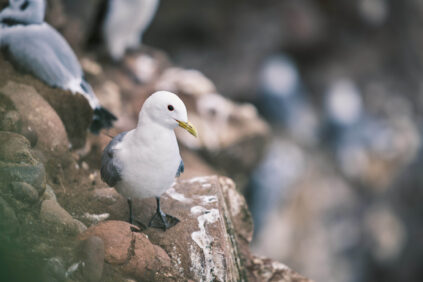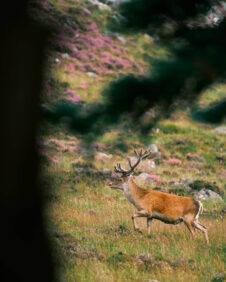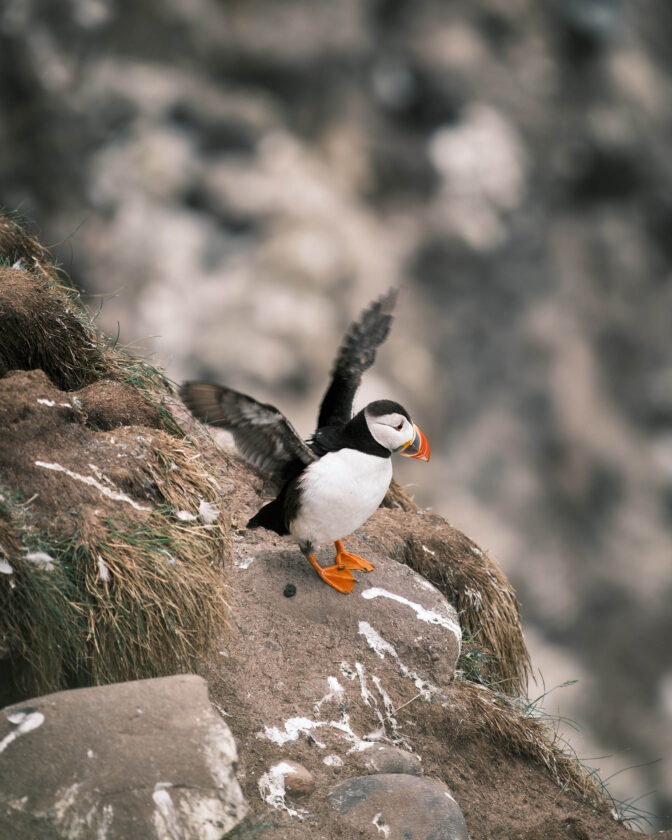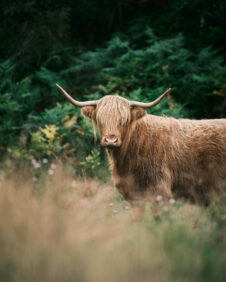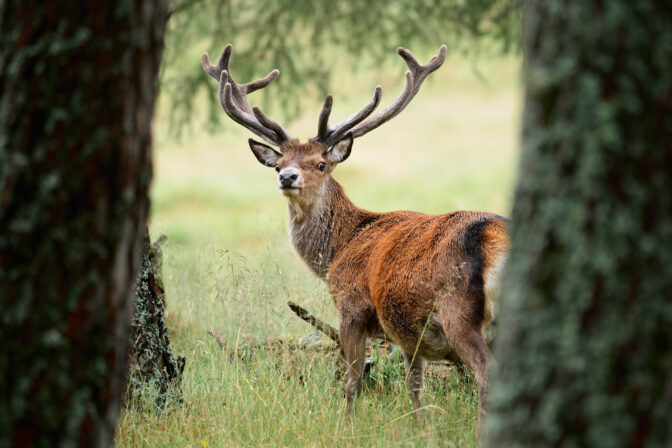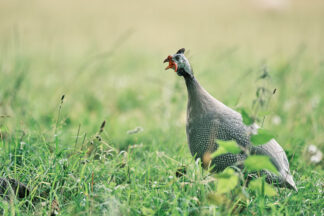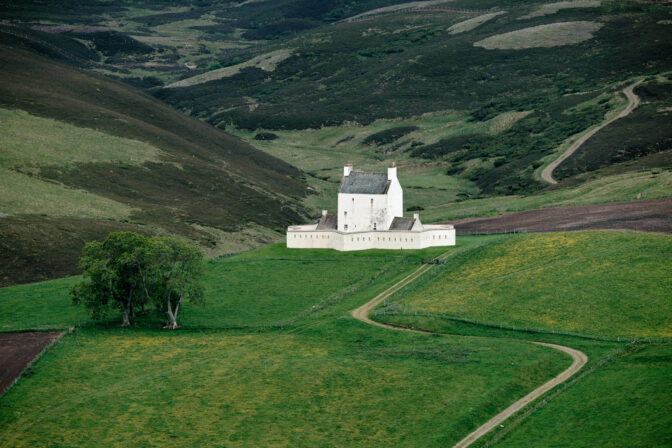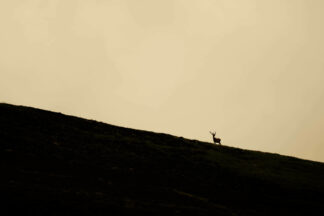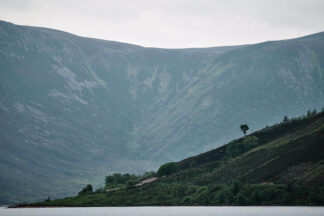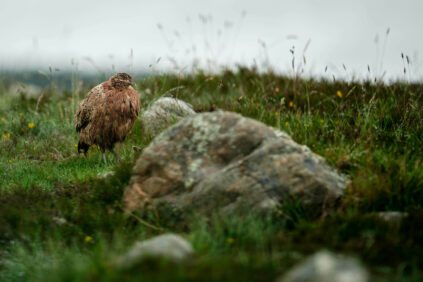Fuji 200mm f2 review
The Fuji 200mm f2 has been nicknamed "The great white sharp", we borrowed one from Fujifilm to find out if it lives up to the name.
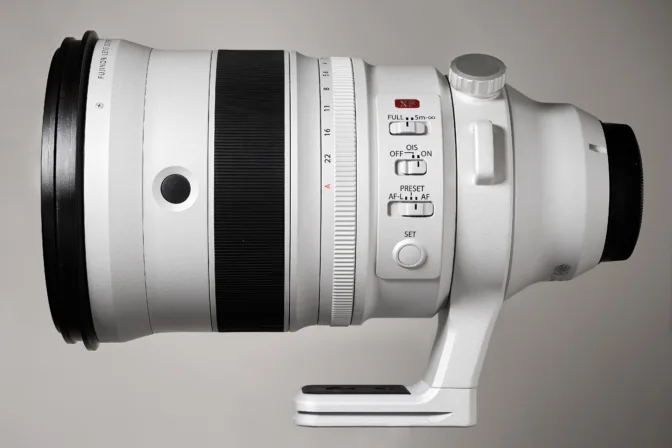
Intro
The Fuji 200mm f2 has been nicknamed “The great white sharp”. And with good reason. Even if this lens is out of your price range you should try it out at least once.
The 300mm f/2.8, to which the Fuji 200mm f2 is (roughly) equivalent, seems to be a flagship of many lens lineups. Offering a balance of reach and speed that is suited to sports, wildlife and events. So it makes sense for Fujifilm to make a lens like this. And with the XF 200mm f2, they went all in.
Size, weight and build #
There’s no getting around it, the Fuji 200mm f2 is a big and heavy lens. Weighing in at over 2kg and measuring over 20cm (without the supplied lens hood). The build is, as you would expect on a premium lens, comfortingly solid and weather sealed (in 17 places).
When not in use there is no audible rattling from the OIS or focus motors (apparently there’s an additional mechanism that fixes the focus motor group in place when the camera is turned off).
The only change we’d like to see would be a stiffer aperture ring. Due to its size and looseness it was accidentally moved on a few occasions.
The lens comes supplied with an excellent carrying case which was surprisingly comfortable and useful. If you remove the insert which holds the teleconverter the case will fit the lens with a body attached, providing a convenient way to transport and carry the setup.
Features #
The tripod foot of the Fuji 200mm f2 has an Arca-type groove, removing the need to add an additional plate. The tripod collar also allows for easy rotation. The AF-limiter switch allows you to either restrict the focus range from 5m-∞ or use the full focus range of 1.8m-∞.
AF buttons
There are four identical buttons at 90º angles round the barrel of the lens. These buttons can be set to activate the AF, lock the AF or jump to a predefined focus distance. Handy for events and sports where you’re at a fixed distance and may need to snap focus back to a podium, goal or base at a moments notice.
Image stabilisation
The lens features five stops of image stabilisation. In use, it seemed closer to four stops but proved to be very effective, easily allowing hand held images at 1/15s. The stabilisation was also helpful for video, hand holding 200mm whilst filming is fairly stable.
Autofocus
Tested on the X-T4 the linear motor autofocus system was incredibly fast and nearly silent. No complaints.
XF 1.4x TC F2 WR Teleconverter #
The XF 1.4x TC F2 WR Teleconverter is included with the Fuji 200mm f2. Attaching the converter extends the focal length to 280mm and reduces the aperture by one stop to f/2.8. Autofocus and image stabilisation are unaffected when the teleconverter is attached and image exif is updated to show the teleconverter was used.
Image quality remains excellent when using the teleconverter and I wouldn’t hesitate to use it if I needed the extra reach. There is only a very slight drop in sharpness.


Using the included 1.4x teleconverter with the Fuji 200mm f2 shows only a slight drop in sharpness.
The lens is made of 19 elements in 14 groups, including one large-diameter super ED lens element and two large-diameter ED lens elements to minimize chromatic aberration. High-precision polishing technology, developed for broadcast lenses, has been used to prepare the large-diameter lens elements to achieve outstanding image-resolving performance and creamy bokeh.
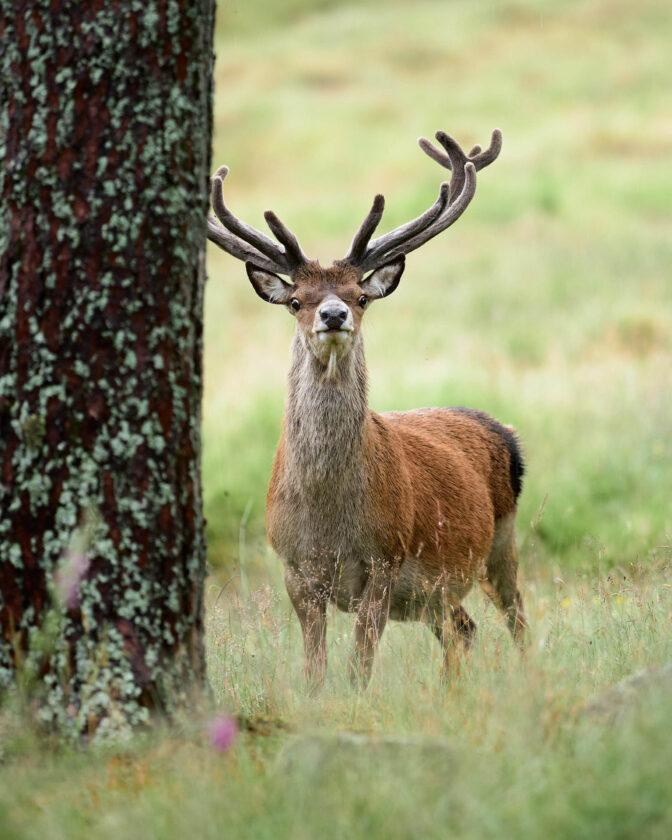

100% crop from XF 200mm f2 wide open
Image quality #
There isn’t a lot to say here other than the image quality, color rendition and bokeh are fantastic. The Fuji 200mm f2 is incredibly sharp wide open and shows little distortion or vignetting.
Fuji XF 200mm f2 sample images #
The Scottish weather and wildlife provided a worthy testing ground for the XF 200mm f2. Over multiple outings the lens handled the dark forests of the Cairngorms National Park and the strong winds & rain on the Scottish coast. The Fuji XF 200mm f2 didn’t miss a beat.
Video samples #
Hand holding a 2kg 200mm lens isn’t going to produce the steadiest footage. But as you can see from the clips below, combined with the IBIS of the X-T4, the footage was usable. Perhaps the bigger issue is finding 105mm ND filters.
Short handheld video samples
More Fujifilm articles
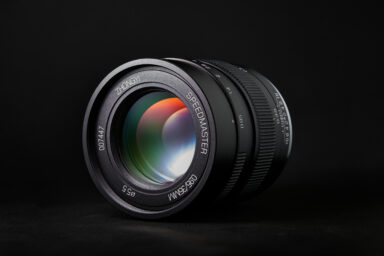
Mitakon 35mm f/0.95 ii review
The Mitakon 35mm f/0.95 isn't for everybody. It's a heavy chunk of metal and glass, manual focus on…
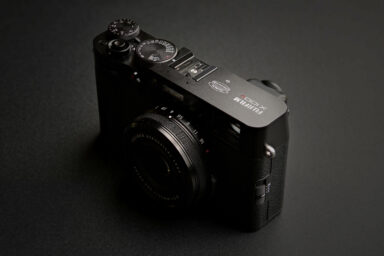
X100V field test
I borrowed an X100V for the weekend to test the new lens and to see how it compares to my everyday …
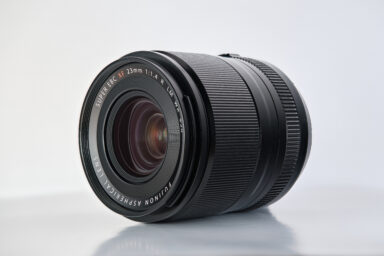
Fuji 23mm f1.4 review
The latest Fuji 23mm is bigger, heavier and more expensive than the other 23mm offerings from Fujif…
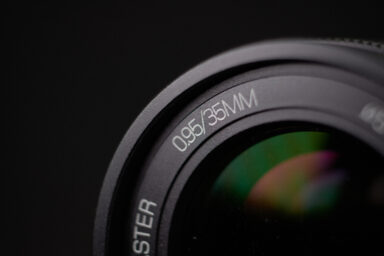
Fuji webcam software for mac and windows
Official Fuji webcam software has been released. See compatible cameras and operating systems, and …

Fuji 27mm review
Over the past year, the Fuji 27mm has been attached to my X-T4 come rain or shine. Read the Fuji 27…
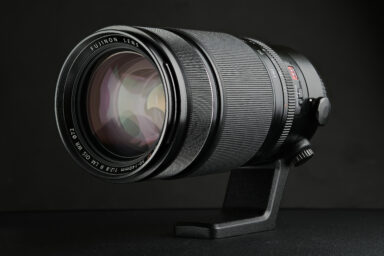
Fuji 50-140mm f2.8 review
The Fuji 50-140mm f/2.8 is a workhorse. It's a rugged and reliable lens that delivers consistent an…
